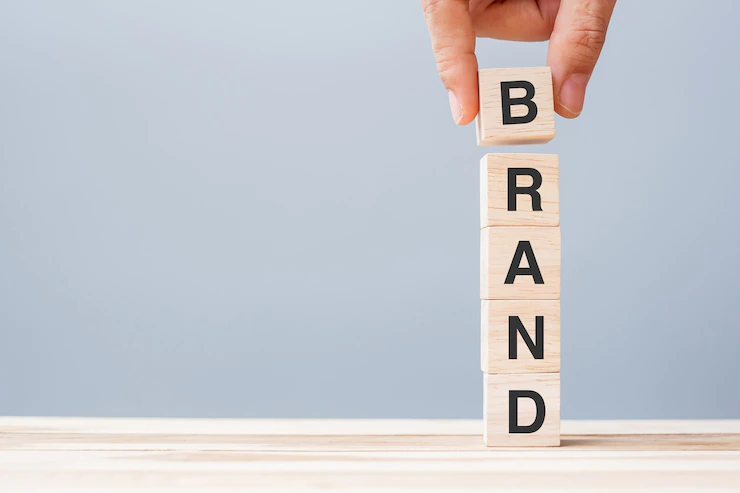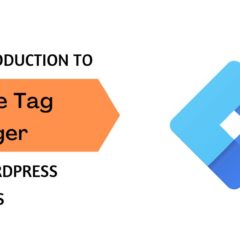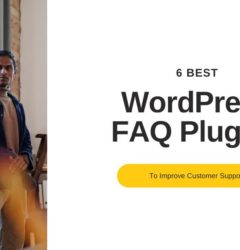01 Aug

Branding as a marketing term only came to prominence during the post-war boom in the USA with the rise of the foundational brands like Tide, Kraft and Lipton. The objective behind this new wave of promotion was to understand the consumer better than any competitors and create a perfect brand mix that combined quality, value, loyalty, and an indefinable emotional connection.
What we notice about these brands today are the colors, the quaint taglines, and the eye-catching logo designs. What we sometimes forget is that branding is much more complex and profound. Important as company livery may be, it’s only one aspect. The brand encompasses its entire identity and projects its unique personality.
Branding Today
Strong branding is essential, not just for attracting new customers but also for encouraging repeat purchases from loyal customers who already appreciate the value of your products or services. According to research, the likelihood of selling to new customers is between 5% and 20%. However, the rate for existing customers can be as high as 70%. Brand loyalty is a major driver of success.
One of the most successful modern brands, Apple, is a perfect example of branding in action. From the very start, the company made a virtue of its high-price exclusivity and it has always resisted discounting or introducing budget lines in order to preserve that unchallenged position. Apple products are cool, and ‘cool’ is a brand manager’s dream.
One of the challenges for businesses today, especially those that trade mainly or exclusively online, is that practically everyone has recognized this. The internet is now so crammed with businesses fighting to be seen and heard that it’s not enough simply to have a presence: you need to stand head and shoulders above an ever-expanding crowd.
Branding Builds Trust and Loyalty
As consumers, we all like to experiment with our purchases but we also enjoy the security of knowing that what we buy will meet our expectations. Sometimes that involves more than simply the quality of a product. Most people have a favorite supermarket or grocery store but the difference between the goods on display is probably minimal. What draws people back is a combination of complementary properties including packaging, customer service, and even the design and layout of the store.
If your business is online, you can replicate the elements of the customer experience by ensuring that your website reflects your brand identity. Visitors to your site have the chance to see you up close, which is why it’s important not to let imaginative design take precedence over consistency. The message your site conveys must be your priority, and all your content, whether blogs, product pages, photographs, or graphics, must have a sense of unity.
Brand Creates Recognition
Obviously, one of the key aims of branding is to make sure your products and your company are instantly recognizable. A sure sign that a brand has achieved maturity to the point of market saturation is when it’s no longer necessary even to feature the company’s name in advertising and packaging. Look at Nike. Founded in 1964 to sell cheap Japanese running shoes to a US market, it trademarked its Swoosh in 1971 and by 1976 was running ads that featured no Nike products. Today, everything we know and value about the brand is encapsulated in that Swoosh. The same is true for many brands, including Virgin with its distinctive font and scarlet and white color scheme, and Coca-Cola, which often uses just a small detail from its 130-year-old logo. Recognition is global and instantaneous.
Your website offers you virtually limitless opportunities to build a similar level of recognition. Getting people to visit is extremely difficult, but knowing how to leverage SEO and gain high search engine rankings or engaging experts to do it for you can get you over that hurdle. Then the challenge is to make them stay. Research shows that 85% of Americans go online daily but the average time spent on one site is between 2 and 90 seconds. This is your best chance to make a strong impression. The more coherent your website branding and the better the user experience, the longer people will stay. While they’re on your site, you have their undivided attention. You can tell your story and make the invaluable connections that turn casual visitors into devoted customers.







